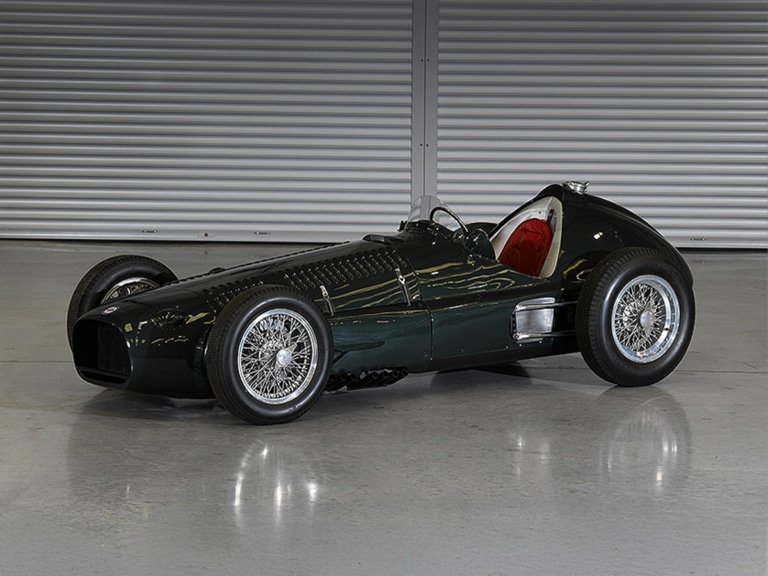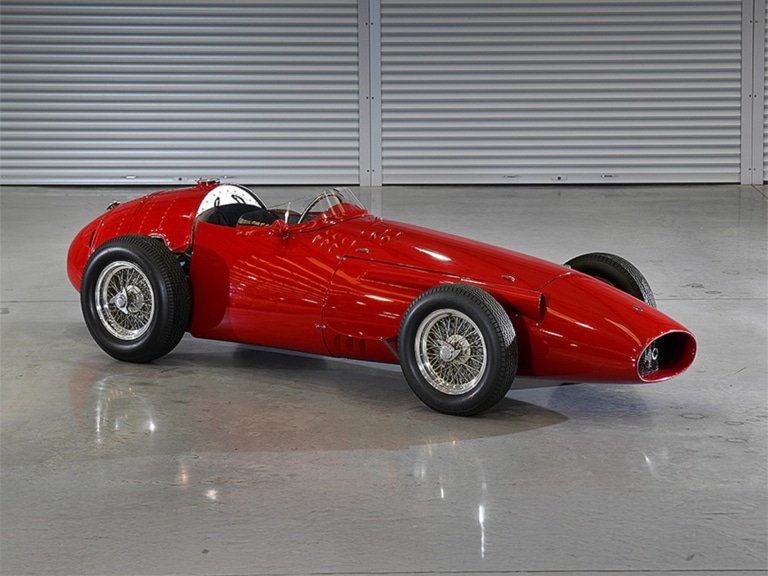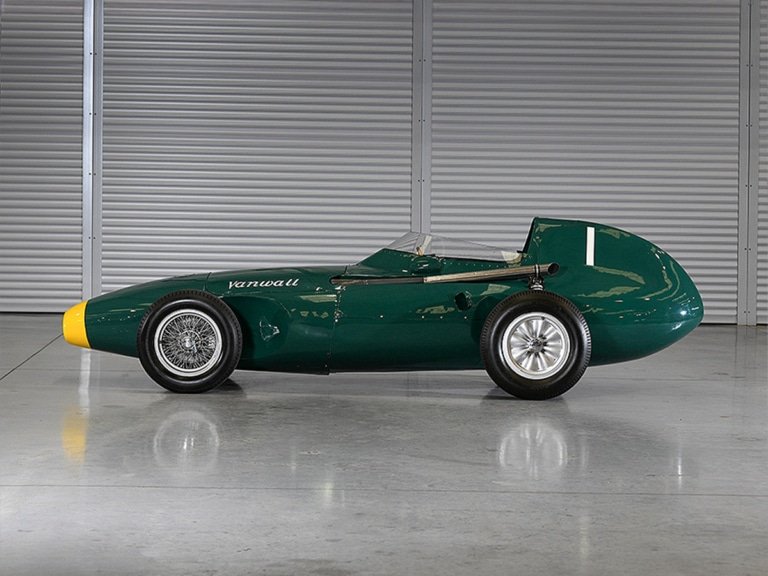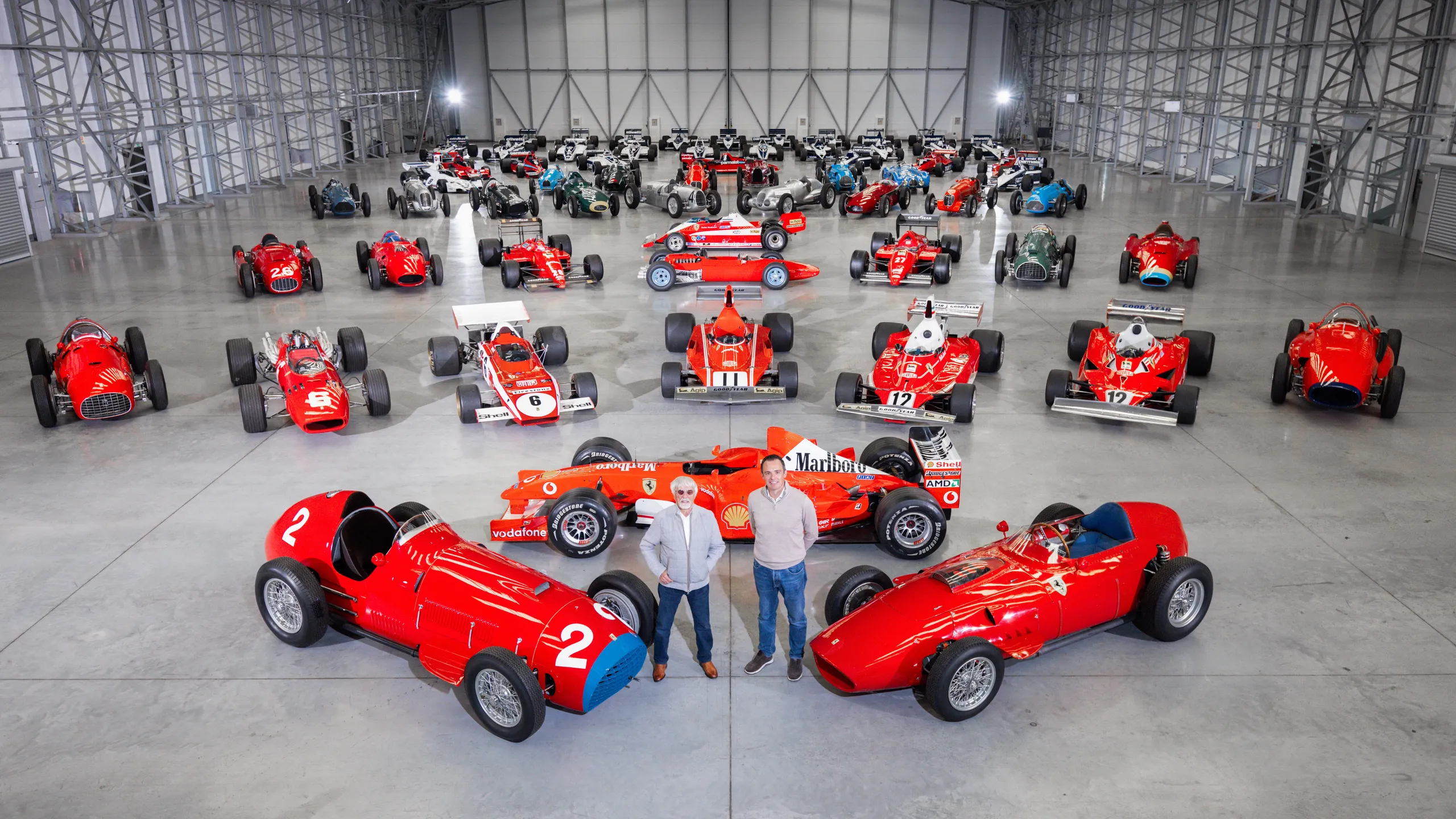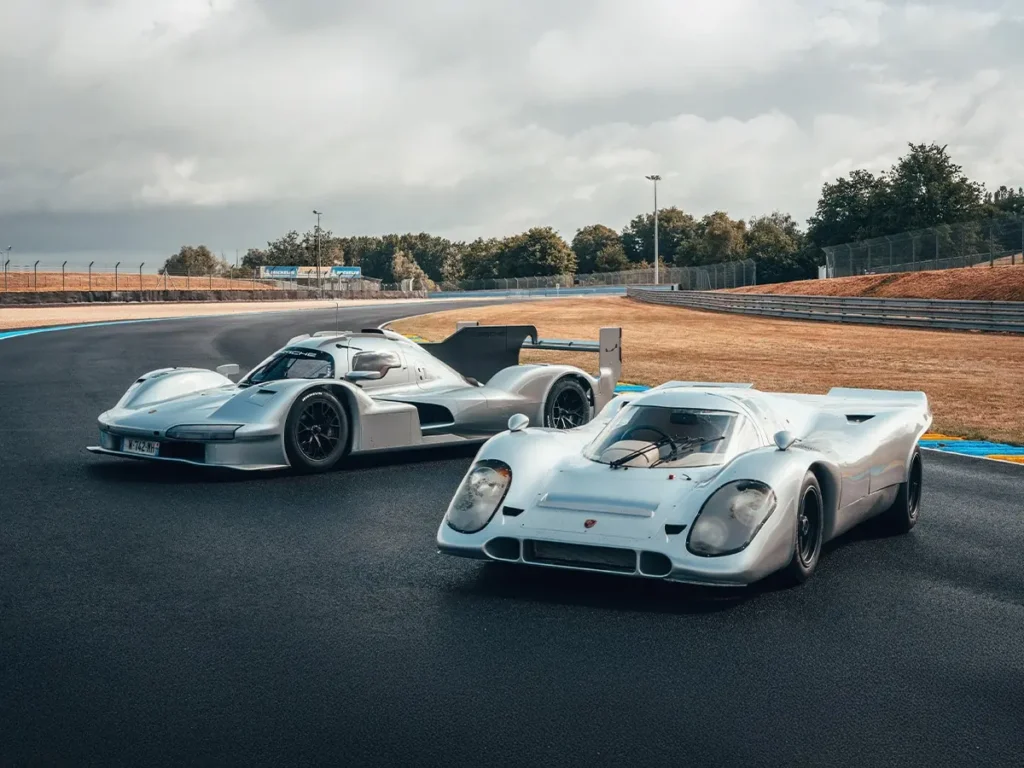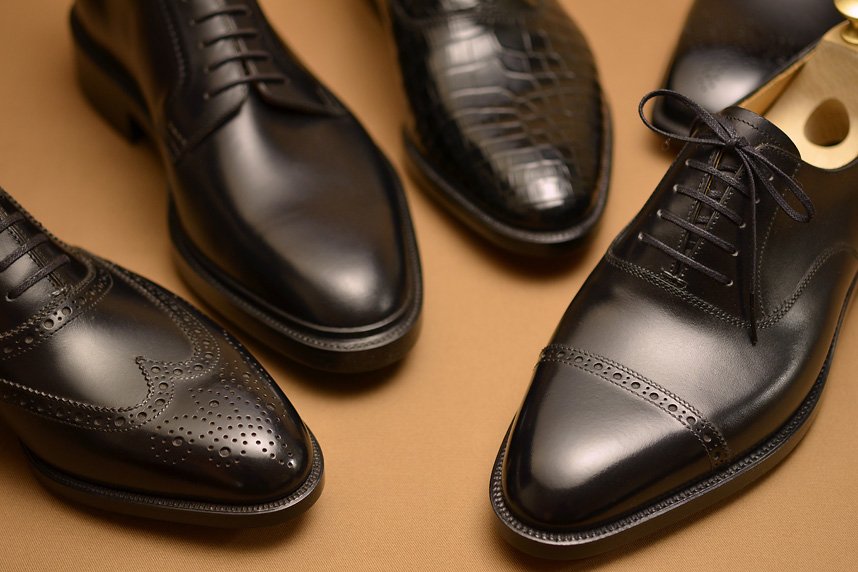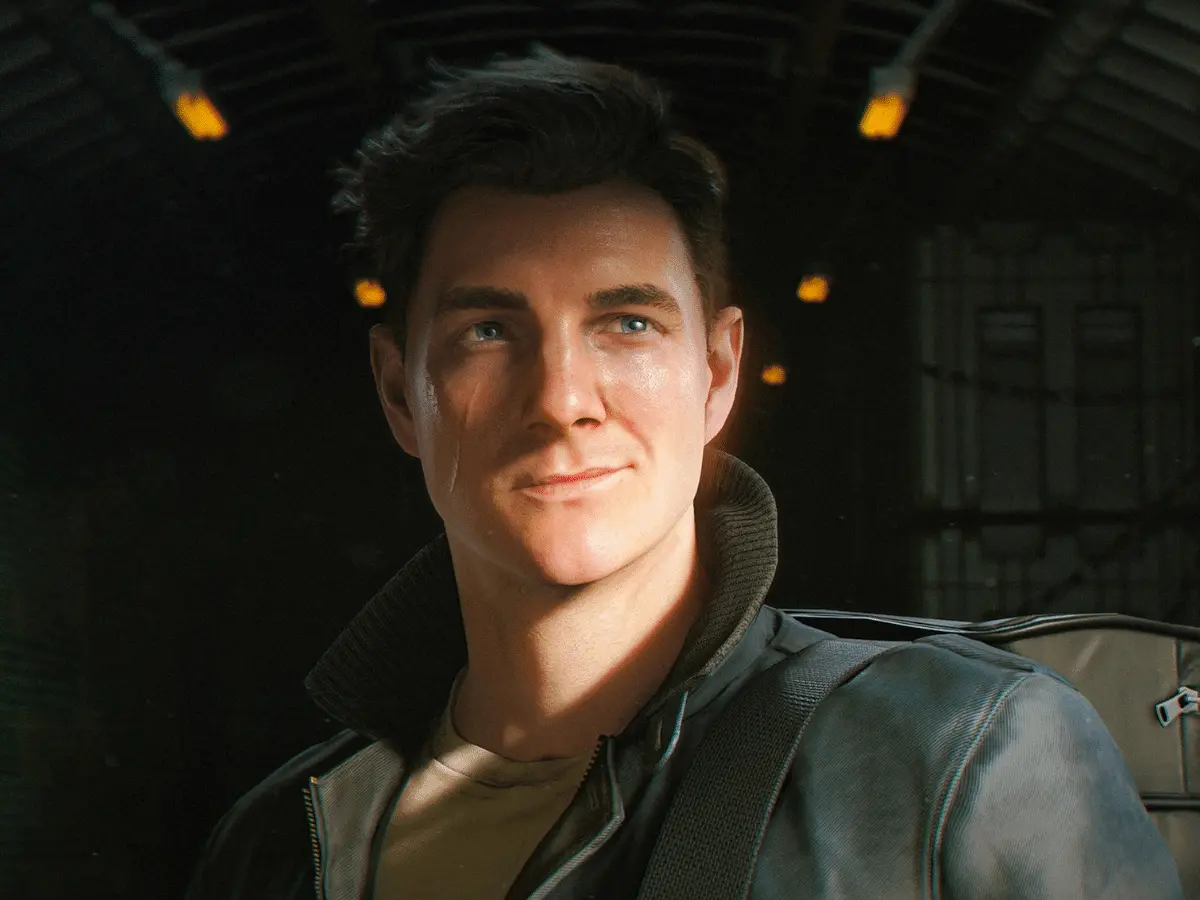For most of us, collecting a few classic cars is a dream—a poster on the wall, a fantasy drive through Monaco, maybe a vintage 911 tucked away in the garage. For Bernie Ecclestone, that dream turned into a lasting legacy. Over the past 50 years, the former Formula One boss has quietly assembled what’s widely regarded as the finest collection of Grand Prix and F1 cars ever put together—a garage of 69 race-winning legends, each with its own story, victory, or scandal to tell.
Now, at 94, Ecclestone is letting go. This isn’t some billionaire’s fire sale. It’s a deeply personal decision to unload the weight of a lifetime’s racing memories—on his own terms. In a recent media statement, Ecclestone said, “After collecting and owning them for so long, I would like to know where they have gone and not leave them for my wife to deal with should I not be around.” It’s a classic Bernie move: strategic, calculated, but also—dare we say—sentimental.
Key Highlights:
- Bernie Ecclestone, 94, is selling 69 vintage F1 cars from what’s considered the greatest race car collection ever assembled.
- The entire collection was sold privately to Red Bull heir Mark Mateschitz to Preserve Its Integrity and Eventually Open It to the public.
- Automotive dealer Tom Hartley Jnr is managing the sale, calling it “The most important race car collection in the world.”
- Iconic cars include Schumacher’s Ferraris, the banned Brabham BT46B fan car, and Stirling Moss’s Vanwall VW10.
The task of finding a suitable new home for these priceless machines has been entrusted to none other than Tom Hartley Jr., one of the most respected names in high-end automotive trading. And Hartley isn’t shy about emphasizing the importance of what he’s selling. “There has never been, and probably never will be, a collection like this ever offered for sale again,” he says. “It consists of the greatest cars of their time, many of which have not been seen for decades and are totally unique.”
These aren’t just dusty relics hidden under tarps; they are living legends—machines that once dominated Monza’s straights, glided through Spa’s curves, and ruled Monaco’s streets. From the infamous Brabham BT46B “fan car,” which won its only race before being banned, to championship-winning Ferraris driven by icons like Michael Schumacher, Niki Lauda, and Mike Hawthorn, this collection is more than just cars. It stands as motorsport’s Mount Olympus.
Also included are the Vanwall VW10, driven by Stirling Moss during Britain’s first Constructors’ Championship victory in 1958. Additionally, the Brabham BT52, a turbocharged legend that helped Nelson Piquet win the 1983 world championship. Some of these cars have not been seen in decades, let alone available for purchase.

Hartley, fully aware of the responsibility, stated in his promotional video, “I feel very privileged that Bernie has entrusted the sale of his cars to my Tom Hartley Jnr business… However, there has never been a collection like this one offered for sale, and no one in the world has a race car collection that comes close to Bernie’s.”
The asking prices? Not publicly available. But as Hartley bluntly said, “Buyers shouldn’t expect any deals.” These are the kinds of cars that don’t come with price tags—they come with stories, scars, and legacies.
That legacy will now continue—thanks to Mark Mateschitz, son of the late Red Bull founder Dietrich Mateschitz. The younger Mateschitz has purchased the entire 69-car collection. No cherry-picking. No broken-up lots. Just one seamless transfer of history from one F1 titan to the heir of another.
In an interview, Ecclestone confirmed his trust in the handover: “They’ve gone to a good home… I wouldn’t have sold them unless I knew where they were going to end up.” And it will be a great home. Mateschitz has already suggested that the cars will eventually be accessible to the public—probably in a museum or exhibition in Austria. This gives fans, enthusiasts, and future drivers the opportunity to see these mechanical marvels up close, instead of them being stored away in some billionaire’s warehouse.
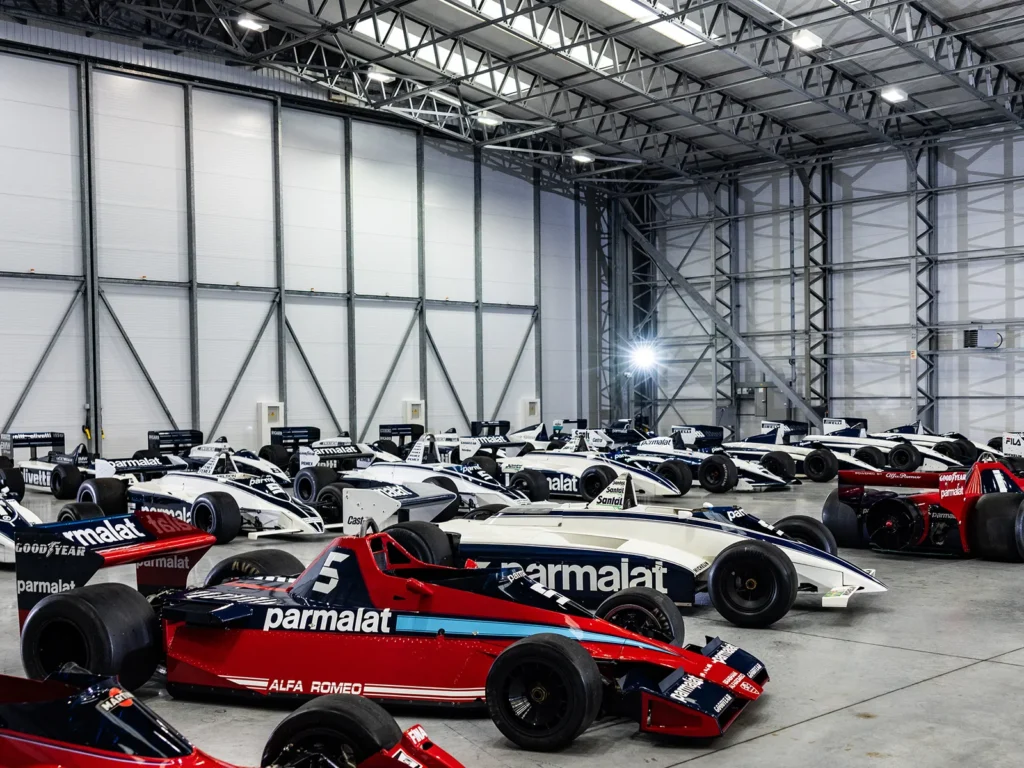
And thank goodness for that. With the recent leaks revealing the Sultan of Brunei’s car collection languishing in storage containers, the last thing anyone wants is for these irreplaceable engineering marvels to decay in silence. These are the kinds of machines that deserve to be displayed, admired, and—if we’re fortunate—occasionally brought back to life on a proper racetrack.
This story, in many ways, closes a chapter on one of motorsport’s most influential figures. Bernie Ecclestone didn’t just collect cars—he collected moments. These weren’t investments to him; they were personal. Milestones. Markers of change, of triumph, of evolution. Now, with one sweeping move, he has passed the torch.
It’s not every day that the most important Formula 1 car collection ever assembled changes hands. It’s even rarer that it does so with such intention, grace, and respect for what these machines mean—not just to motorsport, but to those who lived and breathed it.
When the public finally gets to walk through the next iteration of this collection—wherever it ends up—it won’t feel like stepping into a museum. It’ll feel like walking through the DNA of Formula 1 itself.

